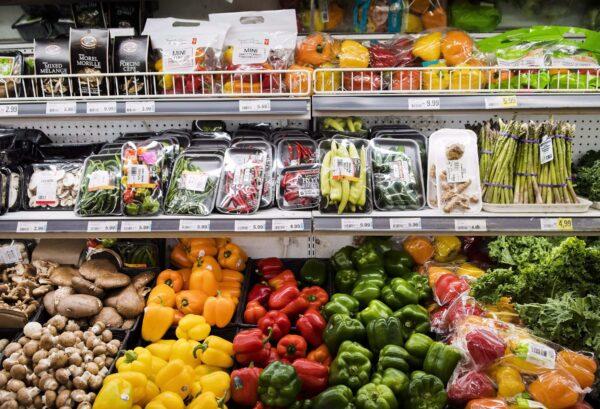A committee studying high food prices in Canada heard that grocery store profits are not the villains that some have made them out to be.
Ian Lee, an associate professor with the Sprott School of Business at Carlton University, told the committee that grocery store profits are actually quite low.





